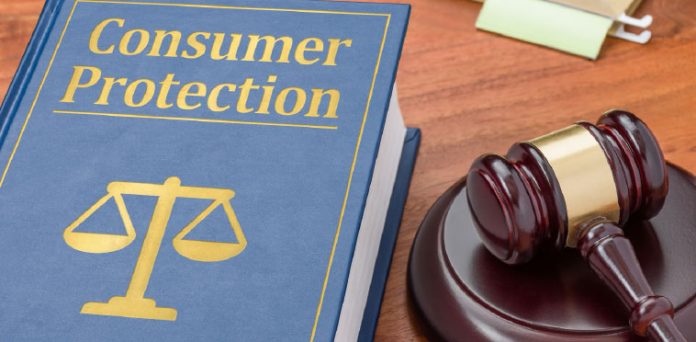Observing the regulations is essential. If a corporation fails to conform to regulatory standards and legal compliance, its long-term performance may be badly affected. The penalties and fines are only the tip of the iceberg compared to the actual costs, which include. Still, they are not limited to, company disruptions, legal fees, increased insurance premiums, employee turnover, and loss of brand image.
Australian Environmental And Commercial Law
State and federal laws protect consumers, the environment, and the community and encourage fair commerce and competition. These regulations regulate business interactions with suppliers, consumers, and other enterprises. They highlight company owners’ rights in disagreement.
Australia’s legislative framework ensures fair trade for companies and consumers. ACC administers and enforces this framework (ACCC).
Consumer Protection
The Australian Consumer Law (ACL) regulates unfair contract terms, consumer rights, product safety, unsolicited consumer agreements, lay-by arrangements, and fines.
Australian Consumer Law has further details.
Product liability
Australian law regulates product safety and information standards. These rules prevent Australia from marketing dangerous items. ACC enforces the criteria (ACCC).
Environment law
Australia’s federal, state, and municipal governments oversee environmental protection.
Legal privacy
The Office of the Australian Information Commissioner (OAIC) governs how corporations may gather, access, and preserve personal information and communication. Medical records must be managed carefully.
There are five things you may take to ensure regulatory and legal compliance.
- Determine whether rules, regulations, directions, and standards are applicable before anything else.
It may be challenging to stay abreast of the federal, state/provincial, and municipal rules, ordinances, and regulations that may influence your firm. You must identify a reliable source that gives complete, accurate, and up-to-date legal information. In addition, the structure of each legislation is distinct, which further complicates efforts to determine the correct interpretation.
- Second, identify the relevant criteria.
It is conceivable that not all of a regulation’s legal compliance requirements apply to your organisation. To save time and money, it is vital to hone in on the particular requirements that must be completed, to avoid neglecting any critical ones, and to have a strong knowledge of which rules are applicable. It is not unheard of for someone to wrongly perceive a need as important, only to realise their error after spending thousands of dollars attempting to satisfy the inaccurate necessity.
The laws are written in “legalese,” referring to other documents, tables, and graphs, making it very difficult to comprehend what is needed of you. It may be challenging for even seasoned EHS Managers to comprehend the essence and practical implications of the rule. Government-issued Guidance Documents are a valuable resource for attempting to comprehend the government’s interpretation of its own regulations and how it intends to implement them.
- In the third phase, be vigilant for deviations.
Regulations are prone to change, thus constant monitoring is necessary.
Relying on sporadic messages from law firms, trade associations, and government agencies may be laborious and insufficient. Monitoring tasks that are worth their salt need a keen eye for specifics. Keeping up with regulatory changes while focused on producing excellent work in your core business is a hard challenge, particularly when you consider the number of documents you must monitor.
- Determine if the adjustments are relevant.
Whenever you become aware of a change in one of these laws, you must assess whether the new or updated legislation impacts your company practises. In such a circumstance, you must ensure that the appropriate personnel are contacted and that any required steps are performed. Research on the effects of regulatory changes may swiftly disappear. Time savings and quality control assurance are two main advantages of outsourcing research.
- Document your compliance audits.
If you have a management system, you must preserve records of any audits conducted to guarantee compliance with rules. Certain jurisdictional regulations may apply even if you do not have a management system in place. To prevent an audit finding and the ensuing inconvenience, you should have all of your evaluation’s evidence readily available to the auditor throughout the audit.
Conclusion:
With a straightforward response, legal compliance with rules poses no difficulty. As time passes, laws get stricter and new ones are enacted, requiring regular revisions to your standards. If you’re using a management system (such as ISO 14001), you’re responsible for keeping up with ever-changing regulatory compliance requirements and documenting every review you do. In an ideal world, you would be in complete compliance with all applicable laws and regulations, and you would be able to give proof of that compliance with the click of a button.









